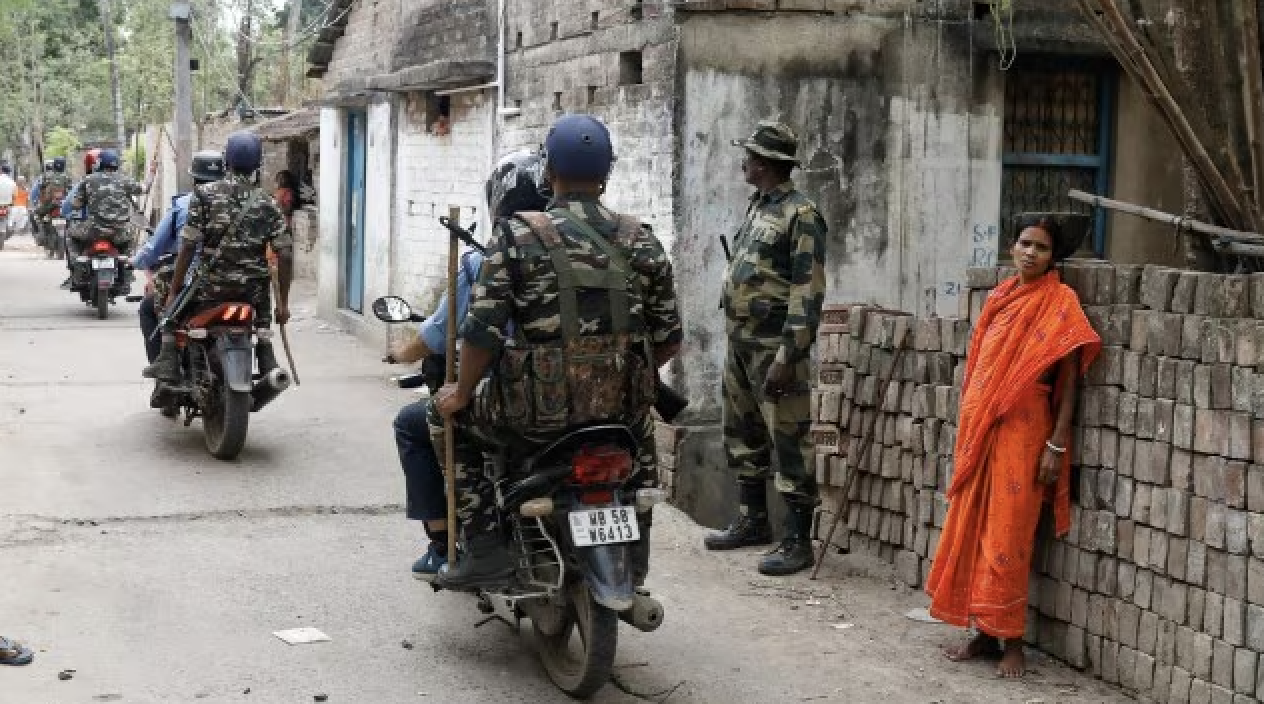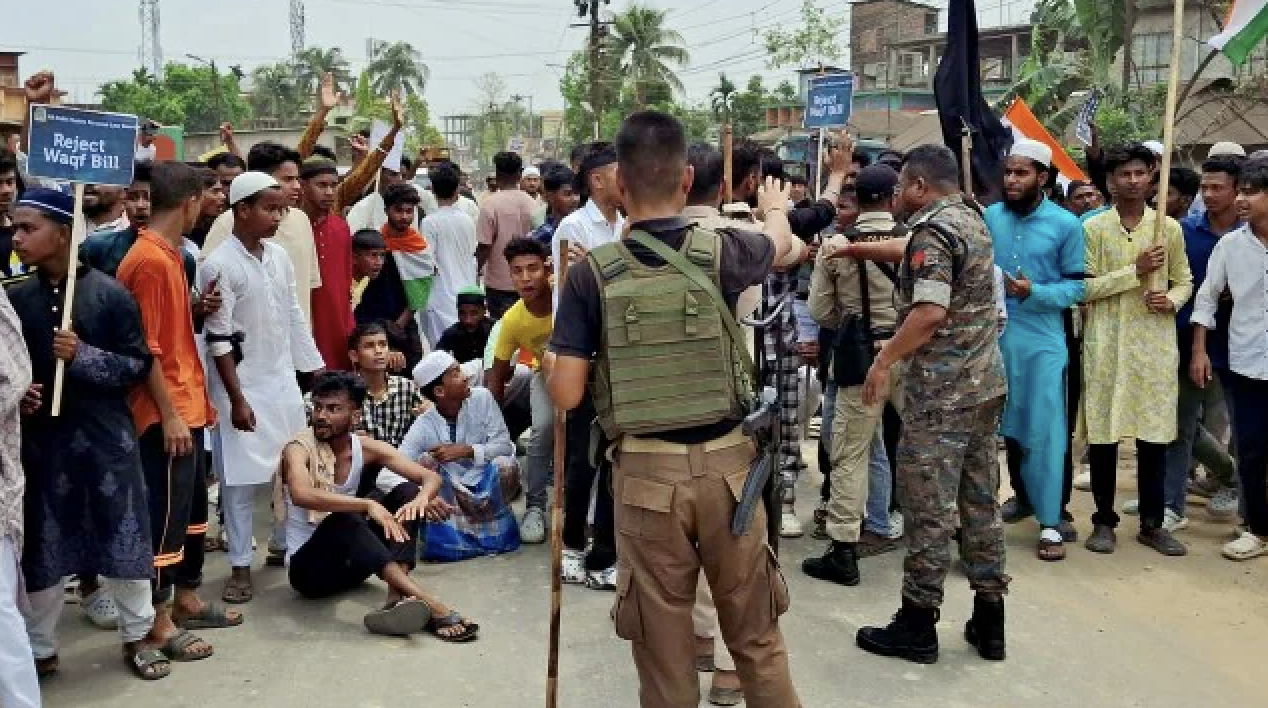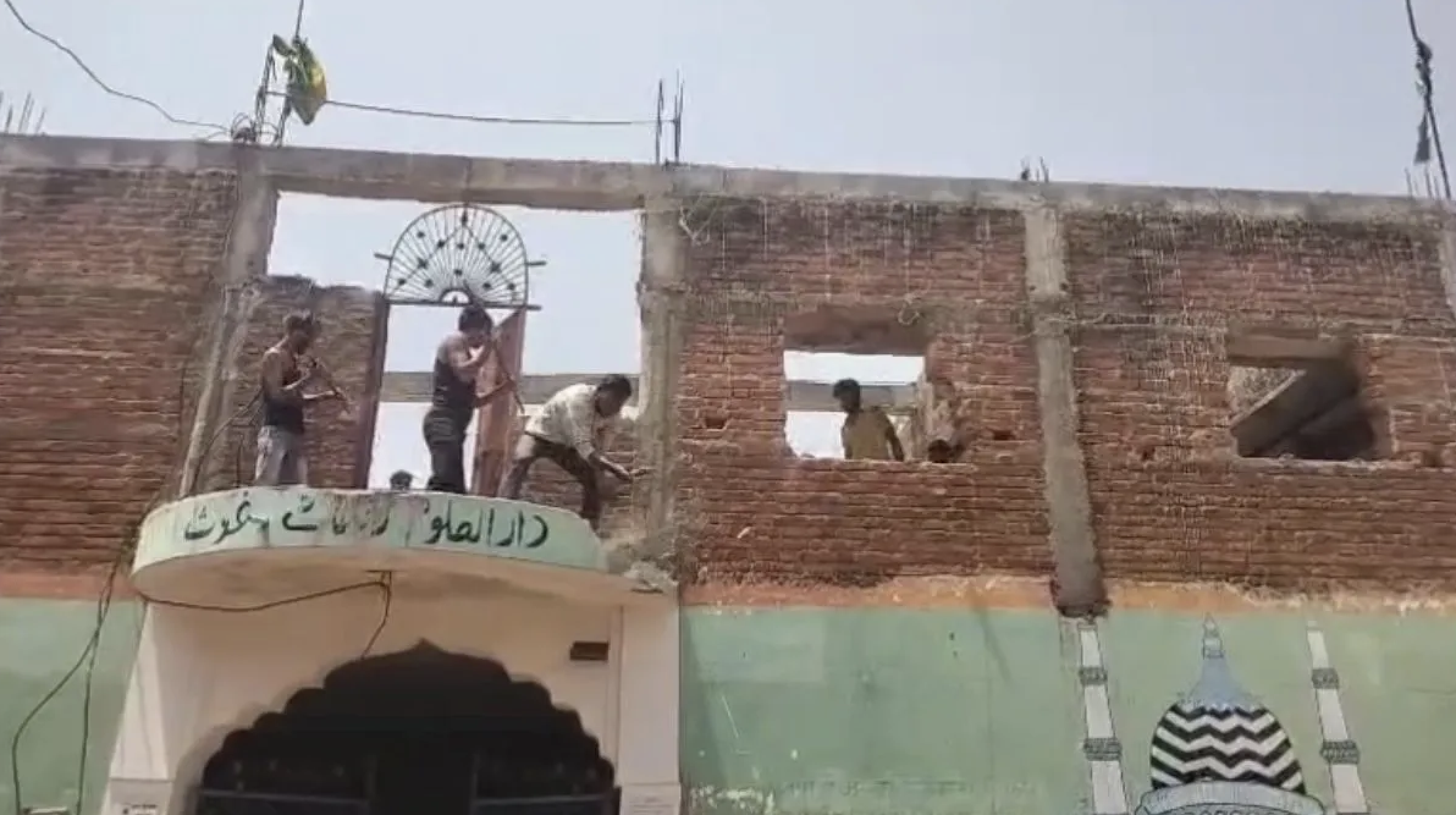
By
A report by civil society organizations, which examines the death of 18 men in 17 instances of alleged extrajudicial killings in Uttar Pradesh between March 2017 and March 2018, describes the state as an active theatre of “encounter” killings since March 2017, with “gross procedural and substantive violations by investigating agencies and judicial magistrates” in investigating these extrajudicial killings, in violation of the standards laid down by the Supreme Court in the People’s Union for Civil Liberties vs State of Maharashtra, 2014, and the National Human Rights Commission (NHRC).
The report by the Youth for Human Rights Documentation, Citizens Against Hate and People’s Watch, has a forward by retired Supreme Court judge Justice Madan B Lokur, which says, “More often than not, First Information Reports are not lodged, investigations, if conducted, are perfunctory or intended to assist in the cover-up through closure reports. A statutory body like the NHRC investigated the 17 cases discussed in this Report and closed some of them while others are pending even after three years. Can the delay be justified by any standard? Meanwhile, extrajudicial killings continue to thrive and different methods are employed to cover them up.”
The NHRC is India’s premier human rights institution charged with looking at complaints of human rights violations against public servants. Of the complaints, the highest is typically against police personnel.
At a discussion on the report on 29 October, organized by the NALSAR University of Law and by Live Law, Lokur said, “The National Human Rights Commission, as you said in your report, did nothing. Absolutely nothing. For three years they have been sitting on it. State Human Rights Commission, nobody even talks about them. What is the use of having bodies like this? If nothing is going to happen, one might as well abolish them. Why should the taxpayer pay for them?”
Citing media estimates, the report says that there have been around 8,472 instances of police firing in UP, with 146 deaths and 3,302 injured, since the Bharatiya Janata Party (BJP) came to power in 2017.
In November 2017, the NHRC took suo motu cognizance of an article published in The Times of India : Criminals will be killed in encounter: CM Yogi Adityanath.
Researchers say that three years after directing investigations into the seventeen cases of alleged extrajudicial killings in UP, the NHRC, in the 14 cases that it has decided, found no foul play in 12, one was referred to the UP State Human Rights Commission, and in only case, did the human rights body conclude that it was a fake encounter. Researchers say that the NHRC inquiries overlook “factual contradictions and inconsistencies in the police narrative,” and that the cases have been closed without proper investigation, and without informing and obtaining comments from the complainants.
Critical of the NHRC’s probe into the alleged extrajudicial killings, researchers say, “With an overwhelmingly clean chit for the UP Police, one would expect the NHRC’s orders exonerating the police officers suspected of such grave human rights violations to be based on watertight grounds and reasoning. Yet, the analysis of NHRC’s final closure order contains glaring contradictions as reflected in the police version of the facts, significant breaches of procedural and substantive mandates, and gaps in evidence. These have been either overlooked or justified to arrive at the final conclusion. Breaches of its own guidelines and precedents have also been condoned.”
“It also turns a blind eye to violations of procedural and substantive law, for instance, the registration of all FIRs against the deceased victims and no FIRs against the police; closing the investigation on the grounds of the police version of self defence, no judicial determination of the justification of self defence, violations in the collection and securing of evidence from the scene of crime, often done by police officers belonging to the same Police Station as the police involved in the killings,” they say.
In the one case that the NHRC concluded was a fake encounter, the human rights body ordered compensation for the family of the deceased but did not direct any action against the police, researchers say.
“Despite holding that the STF (Special Task Force) officials were responsible for committing grave violations including extrajudicial killings, rape, torture, and illegal detentions, no prosecution was directed by the commission,” they say.
Researchers find that no FIR was registered against the police team in the 17 cases of extrajudicial killings examined in the report, but FIRs claiming an identical sequence of events were registered against the deceased men, a tactic that allows the police to claim “self-defense.”
The sequence of events, cited by the police, and described in the report is as follows: a spontaneous shoot-out between police officers and alleged criminals in which the police are fired upon, and then (in self-defense) fire back, leading to the death of one of the alleged criminals, while his accomplice always manages to escape.
The report says that multiple FIRs are registered against the deceased and the unknown escapee even though the law says that one FIR is to be registered for each incident.
The report says that in most cases, in violation of the guidelines set by the Supreme Court and the NHRC, the initial investigation was done by a police officer from the police station of the police team which is being probed, and of the same seniority as the most senior member in the police team.
Researchers say that an “independent” investigation done by a different police station is “inadequate” because the police version justifying self-defense is accepted without a probe into whether force is necessary and proportionate, and despite factual inconsistencies – for instance, post-mortem, forensic and ballistic reports, which, among other things, contradict the claims of minimal force used.
In 16 of the 17 cases, the report said, the police did not produce a public witness.
In seven cases where the police claim that the deceased or his accomplice were holding weapons, the report says that the fingerprints of the deceased were not found on the victim. Researchers say that in some cases, there is nothing to connect the bulletproof jackets with the holes or the injuries sustained by the policemen to the weapons that the accused have supposed to handle.
Judicial magistrates accept closure reports filed by the police even as they have done away with informing the family of a deceased person by making him an accused in the case, and there are cases where the executive magistrate has determined the cause of death even though the law that says only judicial magistrates can do the same, as per the report.
Researchers say that the burden of ensuring investigation fell entirely on the family members of the deceased, who faced intimidation by state and non-state actors, while the NHRC did not respond to their complaints alleging persecution.
“This report lays bare the abject failure of the criminal justice system to ensure accountability for police killings. It shows how the justice system is unable to hold police officers to account for use of force causing death,” they say.
This story first appeared on indiaaheadnews.com






